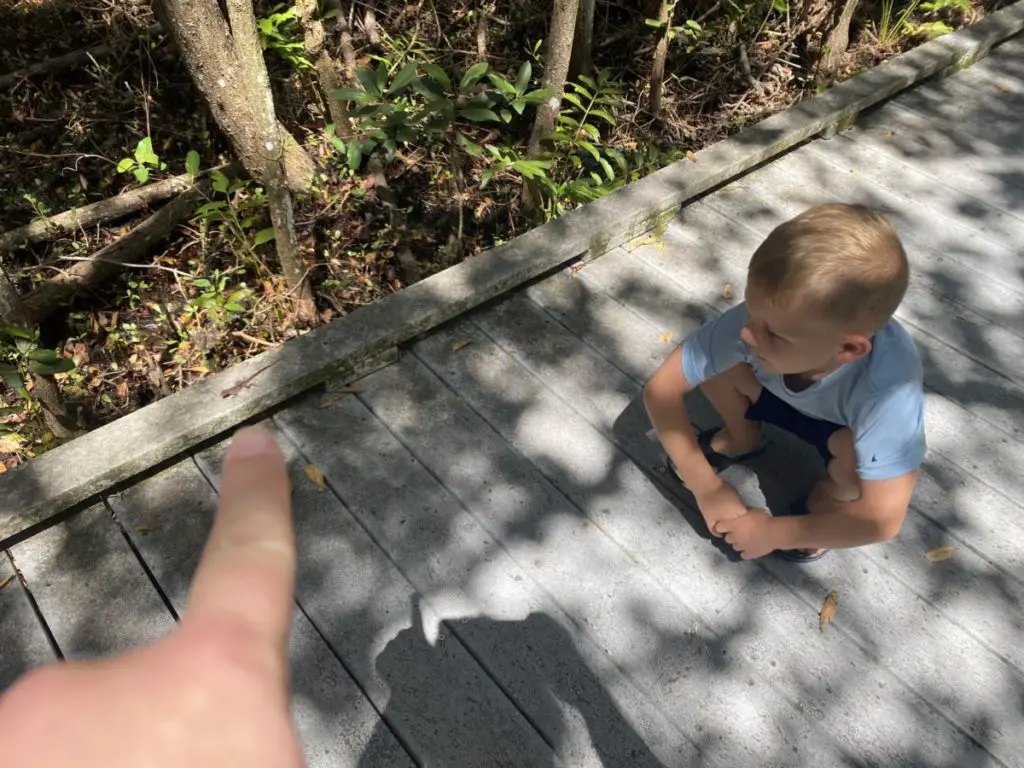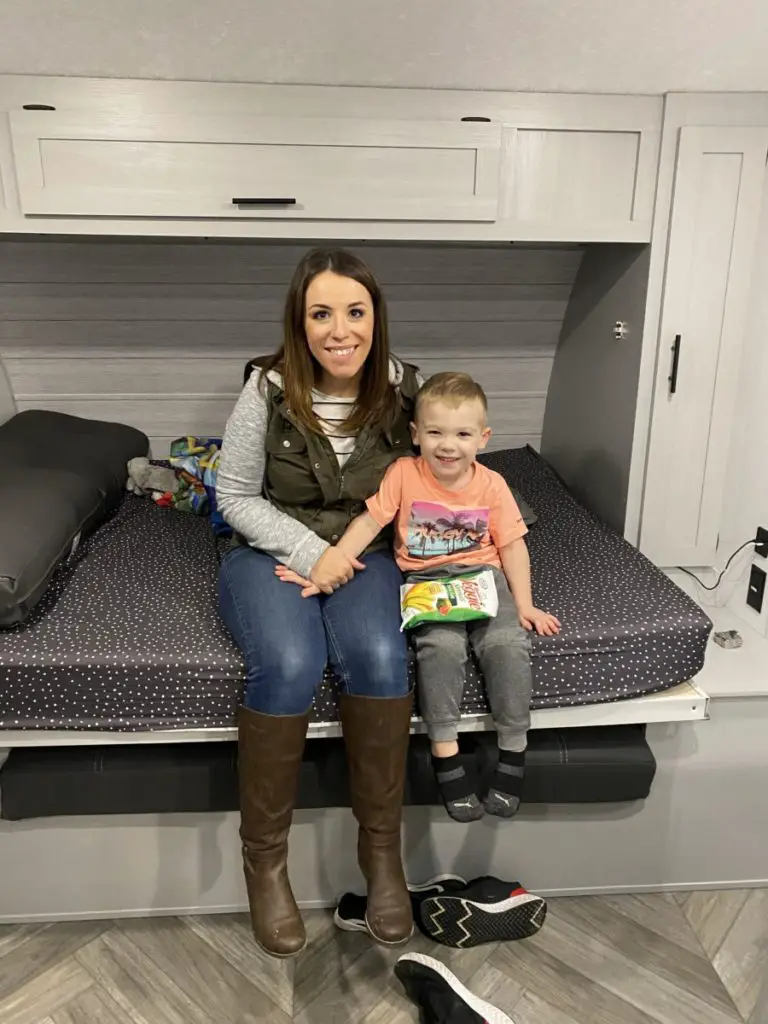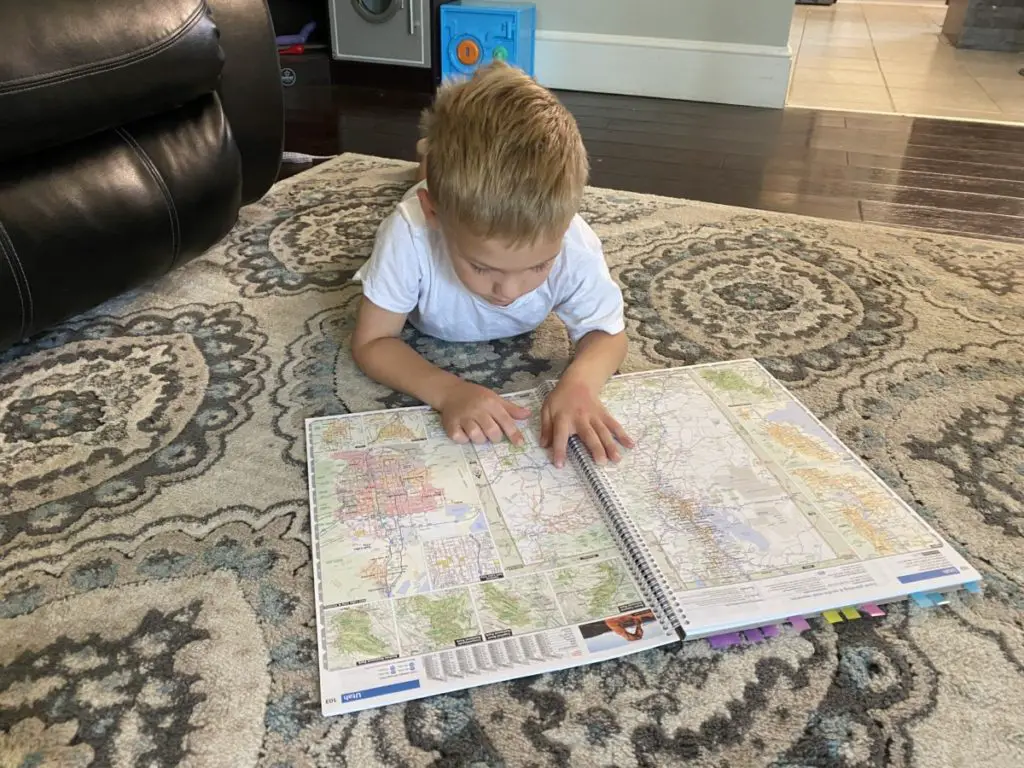Are you planning a homeschooling road trip? Could you use some suggestions on how to plan effectively? Are you wanting to know the steps to take to make this road trip a success? If you are finding yourself in a situation similar to this, this article can help you plan a fun and educational homeschool road trip.
To learn more about how to plan a homeschool road trip, keep reading.
Plan Subjects You Want To Teach

The best way to go about doing homeschooling is to keep it simple, especially with what you choose to teach. You will want to make sure that you are teaching the basic core subjects. These include Math, Reading, and Writing. We prefer to use an open-and-go curriculum for these subjects and can easily fit them in before our outdoor adventures. Usually, it only takes an hour or less! We teach Science and History by planning our route around various historical sites, monuments, landmarks, nature preserves, zoos, and national parks.
Math is one of the basic subjects that you can teach at whatever level your child is at. Math doesn’t require a ton of supplies or tools, so it should be easy to just have a simple workbook or whiteboard and markers on the road. If you have multiple children who are at different levels in math, it is easy to switch back and forth between the children if they need help without getting too overwhelmed or confused.
If you know that you will have reliable service at some points during your trip, there are a number of apps that have interactive games and lessons for math of all levels that could be helpful as well.
Reading is another easy subject to have kids continue on the road. If you already own books that are appropriate for the level of reading your child is at, you can bring those and have them read the book aloud to you and go over any words that may be difficult for them. For non-readers who are learning phonics, you can practice letter sounds when driving.
If you are wanting to take this time to give them more of a challenge where you can give them more one-on-one time and help with reading, bring a few books that are a level higher than what they’re at to help them start progressing to harder and heavier reading. There are several apps that can help with sounding out words for younger children as well.
Writing certainly won’t be the prettiest to practice while on the road in a moving vehicle, however, it is still possible to practice this subject. This can be made very simple by supplying some lined paper and pens or pencils and having them copy down several words multiple times. If you would like something a little more advanced, there are workbooks that have the same idea for both regular handwriting and cursive, that come in all different levels. We LOVE Handwriting Without Tears. It was a game-changer when we started using this specific workbook.
Research Locations You Want To Visit

Perhaps the biggest, most overwhelming part of the road trip to plan is the locations you want to visit while on this road trip. These can either be majorly related and integrated into your homeschool curriculum or they can be fun destinations or a mixture of both. For the purposes of the road trip being homeschool and education-focused, we will discuss a few of the educational locations that are popular to visit, as more of the fun locations can be researched elsewhere.
One of the first locations that are popular to visit is in Boston, Massachusetts. Boston is a great place to stop and be engulfed in rich American history. You can visit Paul Revere’s house and walk the Freedom Trail. The Boston Massacre Site is there to visit, as well as the Boston Public Library. These sites can be applicable to all ages and grade levels and explained either more simply or complexly depending on where each child is at in their education.
Another suggested location is Washington, D.C. Because of the plethora of historical sites and events here, there is plenty to do so if you do make Washington, D.C. a stop, make sure to plan to spend a least 2-3 days there to have sufficient time to get to everything you will want to see.
Some of the popular sites that are especially applicable to homeschool situations include the National World War II Memorial as well as the Holocaust Memorial Museum. Please note that it would be requested that only older children visit these locations to keep a sense of respect and reverence there.
The last location that is recommended is New York City. New York City offers some unique exposure to the big city filled with tons of history as well as the current modern age lifestyle. While there is a never-ending list of tourist destinations to be found in New York City, here are a few suggestions. The Apollo Theater is a great place to learn about art history. The Chrysler Building and the Brooklyn Bridge are historical places to visit as well as great examples of architecture unique to New York City. The Empire State Building is also a recommended place to go to and visit as well.
Think about what you are trying to accomplish when choosing your locations. For example, do you want to learn about U.S. History, volcanos, or rivers? Then, let that lead you into the locations you will visit. Each road trip can have a topic, much like a unit study, or you can decide to visit 1 state and learn everything you can about it! The beauty of homeschooling is that you get to cater to your children’s interests. If the idea of having a topic interests, you, here’s a HUGE list of ideas!
Stick to a Budget for all Expenses

To begin with, going on a road trip can be as inexpensive or expensive as you make it. Going on a road trip for an extended period of time will cost more. This can be stressful and overwhelming without a budget. Having a budget can help you both save money and not feel the stress of having so many expenses get out of control. Here are just a few tips on how to stay within the budget for all of your expenses while on the road.
The first tip is to plan your meals ahead of time. If you are going on a shorter trip, within a 1-2 week period, this would be a good idea to meal plan and prep for these two weeks as much as you can to help limit the chances of you spending money eating out for every meal while on the road.
Keep in mind that these don’t have to be complicated meals, but simple, cheap meals will do just fine while on the road. Make sure you plan for all three meals, every day so everyone is sufficiently fed and not asking to buy tons of treats and snacks every time you stop at a gas station.
The next tip is to bring all the coupons you can find and take advantage of specials that grocery stores are having. Shop in bulk when wholesale stores are having sales even if it’s a few weeks ahead of time. This can help you save a lot of money than waiting until the last minute to buy the food and supplies you need after the sales have ended. Watch on websites for the sites you plan to visit if they have any specials on admissions or group discounts as another way to save money as well. You can even join Facebook groups for traveling families and arrange to be part of a group so you can all receive the discount!
The last tip to help stick to a budget is to plan your homeschool road trip to happen during the off-season. This works well for most people as the majority of the school year is during the off-season for tourists anyway. If you are doing a “summer school” type of road trip, it would be advised in that case to avoid traveling and trying to visit major tourist destinations during big holidays like Memorial Day, 4th of July, or Labor Day. This will help you avoid large crowds and higher prices that come with the tourist season.
Make Travel Arrangements

Once you have your locations of destinations planned out, now it is time to plan the way you are going to get from place to place on this road trip. You can do this in a couple of different ways.
One way to go about this is to drive in your household vehicle and book hotels within the destinations that have the locations that you will be stopping at for museums, historical sites, etc. This is a good option for those who don’t want to feel confined to one space their whole trip and have some variety of “home base” within the trip while separating life in the car while traveling from life while doing schooling and while being out and about seeing the sites.
If you don’t want to be in a hotel, you can also look into Air BnBs, they usually have good prices for a few nights at a time if you would prefer that. If you stay for 30 days, most hosts give up to a 50% discount. For example, this winter, we are planning a trip to California, Arizona, and Utah and found a nice, small home for $1967 for a whole month! If we booked just a few days less, it would be more than double the price!
The other way you could go about doing this is to travel in an RV or motor home. This is a good option if you already own one and it is in good condition to use for a long road trip like this. If you don’t already own an RV or motor home, but would like to use one for the purpose of this homeschooling road trip, there are RV companies that will allow you to rent out an RV for a small period of time to take on your road trip. Keep in mind, travel trailers are an excellent option. Our payment on our RV is only $161 a month!
If you decide to go this route, you can avoid the prices and headache of booking hotels, however, you would have to do some research in finding RV parks to stay the night in throughout the trip. Don’t forget that boondocking is also an option. For example, Walmart and Cabela’s allow free parking for RV’s overnight. Plus, you can grab some groceries or necessary supplies while you’re there.
Map Out Road Trip Route

Now that you have your locations and travel arrangements planned out, now is the time to map out and schedule the road trip within those destinations. This will help you have peace of mind in driving from the destination which will allow you to help the children focus on their school work as well as enjoy the scenery around you. We love to have our son help us map out the route we will take, which is another added benefit of homeschooling – learning life skills!
The best way to map out your route is to use internet tools such as Google Maps, an Atlas, or the Maps app on an iPhone. We love using Roadtrippers to plan our trips because you can add attractions and landmarks along the way. You can easily input your beginning location and enter your destinations from each other and then decide how long you want to travel each day.
If you have the time and desire you can hit multiple smaller destinations in the same day to allow for more time to enjoy those destinations with more sights to see. By mapping out and scheduling your trip beforehand, the chances of you getting lost and off schedule are incredibly lessened.
Plan & Schedule Stops Throughout The Drive
It is inevitable that you will need to make pit stops along the way from destination to destination. It is helpful to plan these out for a couple of reasons. One is so that you will know where those stops are and if you are in an emergency you know how close you are to having that option to pull off the road to a safe spot. Another reason is to give yourself a more accurate time frame to travel in.
Having broken the driving from the destination to the destination will allow the children to have a break from both driving and schoolwork. This is important to avoid them getting burnt out too quickly and not having the desire to continue with their school work while on the road. This can also be helpful for you as the parents and teachers to take a break to remain patient and engaging as both their parent and teacher throughout the trip. This can help ensure a smooth, enjoyable trip for everyone.
Additional Tips
After all the planning and preparation for this trip, consider some additional tips to keep in mind while on the road.
One tip is to map out the process and follow the maps as you drive as a teaching opportunity to let your child learn how to read a map and to introduce some aspects of geography. If you are traveling a long distance from where you live, point out the varying terrain and help them identify the differences as you travel from place to place.
Another tip is to keep a journal of your trip, both the activities you do for schooling and for fun. The reasoning for this is twofold. One reason for this is for your personal family memories. It is important to document those whether that be through a photo journal or through an actual paper journal.
The other reason is to keep a journal of all your tips and tricks regarding homeschooling. Journal what worked and what didn’t. Having a record of that can help you if you do something like this again in the future or for you to share with others that may want to do something similar.
Looking for a great travel journal? Here are my top picks:
Looking for a great travel journal? Here are my top picks:
Conclusion
Travel homeschooling provides a great education for children. When planning your roadschooling adventure, be sure to plan days of rest in between because it can get overwhelming and exhausting if you don’t plan some lazy days. What are some of your family’s favorite roadschooling planning tips? I’d love to hear from you in the comments below!
You May Also Like
- 64 Ways to Make Money as a Traveling Family | How We Do It
- Day in the Life of a Traveling Homeschooler
- The Best Homeschool Routines for Traveling Families
- Travel Essentials for Full-Time Traveling Families with Kids
- How Travel Homeschooling Changed My Life
- 29 Things Kids Can Learn Through Trave
- What You Need to Know Before Travel Homeschooling
- How to Plan a Roadschooling Trip to Maximize Learning & Fun
You May Also Like
- 64 Ways to Make Money as a Traveling Family | How We Do It
- Day in the Life of a Traveling Homeschooler
- The Best Homeschool Routines for Traveling Families
- Travel Essentials for Full-Time Traveling Families with Kids
- How Travel Homeschooling Changed My Life
- 29 Things Kids Can Learn Through Trave
- What You Need to Know Before Travel Homeschooling
- How to Plan a Roadschooling Trip to Maximize Learning & Fun


